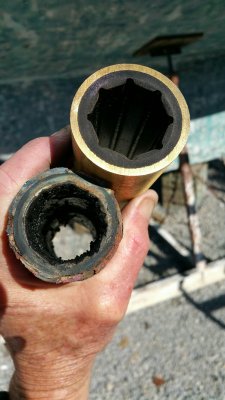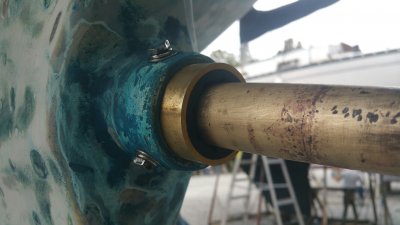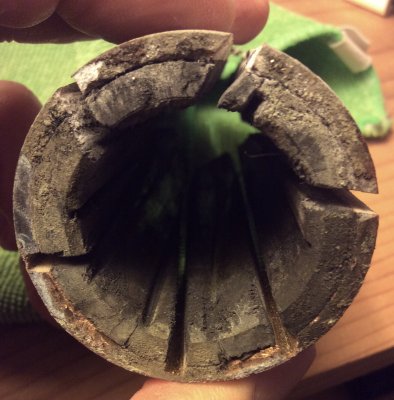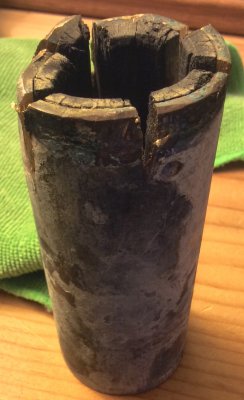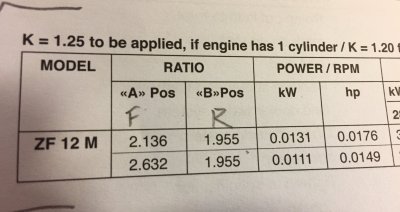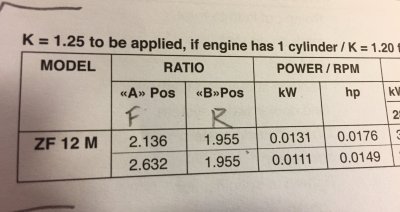wild382
John
Well our old friend is back again...the squealing sound and loss of forward power has returned since replacing the old tranny with a brand new one.
We have a brand new tranny and clutch plate (New ZF12-Hurth) from Atlantic Deisel installed late last fall before haul out. Barely has 6-8 hours on it.
It ran fine for for that time.
Just to eliminate all the things we know it isn't
No not the fan belt
Had the shaft alingnment verified it was good
Not the cutlass... everyone says it would vibrate and chatter. It does not do that. Probably not the cutlass but not sure because we get so many different opinions.
Again we can run fine for 15-20 minutes then the squealing progressively gets worse within 10-20 seconds we quickly shift to neutral and it stops but then so do we!
Turn off the engine for 10-15 minutes, cool down restart runs usually for another 10-15 minutes but we keep it at 15-1600 rpm instead of 18-2000. When it starts making that sound it's loud like two pieces of metal spinning. Race bearing?
The gear cable is fine and the box shifts perfect forward and reverse.
No...nothing on the prop either ...no bags, grass etc. oil level perfect and correct oil.
Atlantic says they will fix or replace but just trying to figure out what it is.
We have a three blade feathering prop...no transmission oil cooler but we are not running for days...just several hours at the most...when it was working...
any ideas?
We have a brand new tranny and clutch plate (New ZF12-Hurth) from Atlantic Deisel installed late last fall before haul out. Barely has 6-8 hours on it.
It ran fine for for that time.
Just to eliminate all the things we know it isn't
No not the fan belt
Had the shaft alingnment verified it was good
Not the cutlass... everyone says it would vibrate and chatter. It does not do that. Probably not the cutlass but not sure because we get so many different opinions.
Again we can run fine for 15-20 minutes then the squealing progressively gets worse within 10-20 seconds we quickly shift to neutral and it stops but then so do we!
Turn off the engine for 10-15 minutes, cool down restart runs usually for another 10-15 minutes but we keep it at 15-1600 rpm instead of 18-2000. When it starts making that sound it's loud like two pieces of metal spinning. Race bearing?
The gear cable is fine and the box shifts perfect forward and reverse.
No...nothing on the prop either ...no bags, grass etc. oil level perfect and correct oil.
Atlantic says they will fix or replace but just trying to figure out what it is.
We have a three blade feathering prop...no transmission oil cooler but we are not running for days...just several hours at the most...when it was working...
any ideas?


